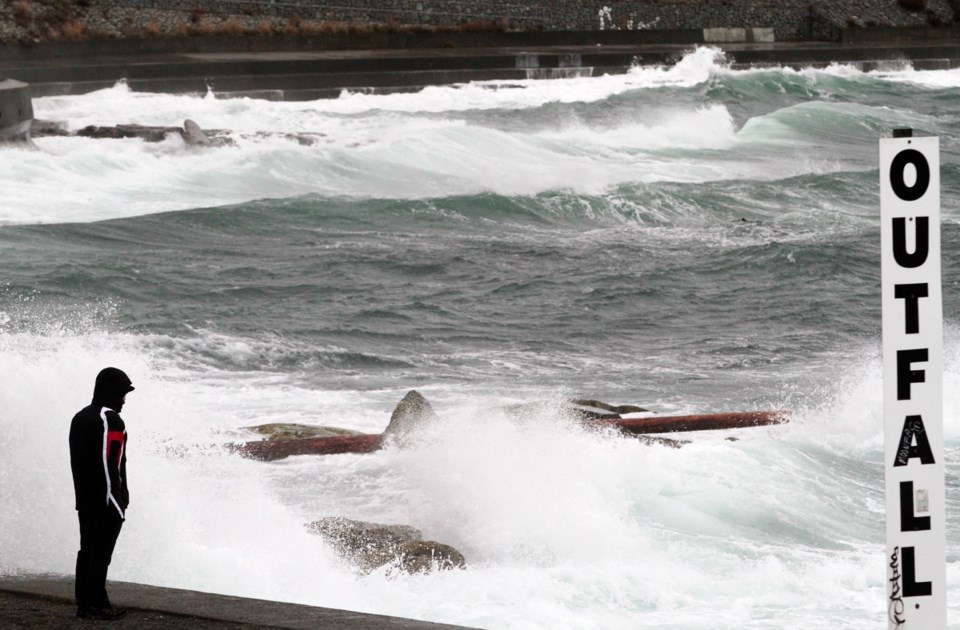The public will be asked to weigh in on a variety of sewage-treatment options over the next month — even though specifics such as technologies to be used, sites and costs have not been firmed up.
The hope is to have a site or sites selected by the end of March so as not to jeopardize $84 million in federal funding for the mega-project, now estimated to cost between $1 billion and $1.3 billion.
Some members of the Capital Regional District’s sewage committee, such as Saanich Coun. Vic Derman, argued consultation is premature and likely to frustrate the public because there are too many unknowns.
“I value consulting with the public,” Derman said. “I’m well aware of what they said last time, and that was: ‘Don’t come out to us again until you have solid information.’ I just don’t think we have that at this time, and I think it actually exposes us to scorn.”
Saanich Coun. Colin Plant wondered what would happen if the public weighed in and said they wanted different options pursued, throwing the project off the current funding timeline.
“Regardless of the $84-million Sword of Damocles hanging over our head, I think we should turn our attention … [to] a backup plan if we determine we can’t meet that deadline,” Plant said.
Victoria Mayor Lisa Helps, the committee’s chairwoman, admitted much is in flux but said she supported asking for public input.
“This will not be a referendum on the option sets. The survey will be designed so that for each option set, it will talk about trade offs and benefits,” she said. “It’s really to elicit on each of the option sets what are some of the considerations.”
Saanich Coun. Susan Brice said public consultation is just another small step in the process.
“We’re not at the end … we’re not even at the beginning of the end,” she said. “We’re making a teeny, tiny decision, which is to go out in the next phase and have some more conversation with our public.”
Construction was set to begin in 2014 at McLoughlin Point on a fully designed, tendered and approved treatment plant. The proposal died after Esquimalt council refused to consent to necessary variances in zoning for the site, a former tank farm.
Since then, capital region municipal governments have split into two groups to explore options: an eastside group composed of Victoria, Saanich and Oak Bay, and a westside group of Esquimalt, View Royal, Colwood, Langford and the Songhees First Nation.
After more than a year of study, those committees developed five options, ranging from a single regional treatment plant in Victoria’s Rock Bay neighbourhood to seven smaller plants around the region.
On Wednesday, directors added a sixth option: a $1.125-billion three-plant option that would see wastewater treated at plants in Colwood, the Esquimalt Nation and Rock Bay. The Colwood plant would serve Colwood and Langford, while the Esquimalt Nation plant would serve the other westside communities. The eastside communities would be served by the Rock Bay plant.
The cost of the cheapest option, a single plant at Rock Bay, is estimated at $1.031 billion. Cost for a treatment system using seven plants is an estimated $1.348 billion.
In 2006, the provincial government mandated the capital region to treat its sewage. In 2012, the federal government passed a law requiring all high-risk Canadian cities — including Victoria — to provide secondary sewage treatment by 2020.
The region’s sewage is currently screened before being dumped into Juan de Fuca Strait.



